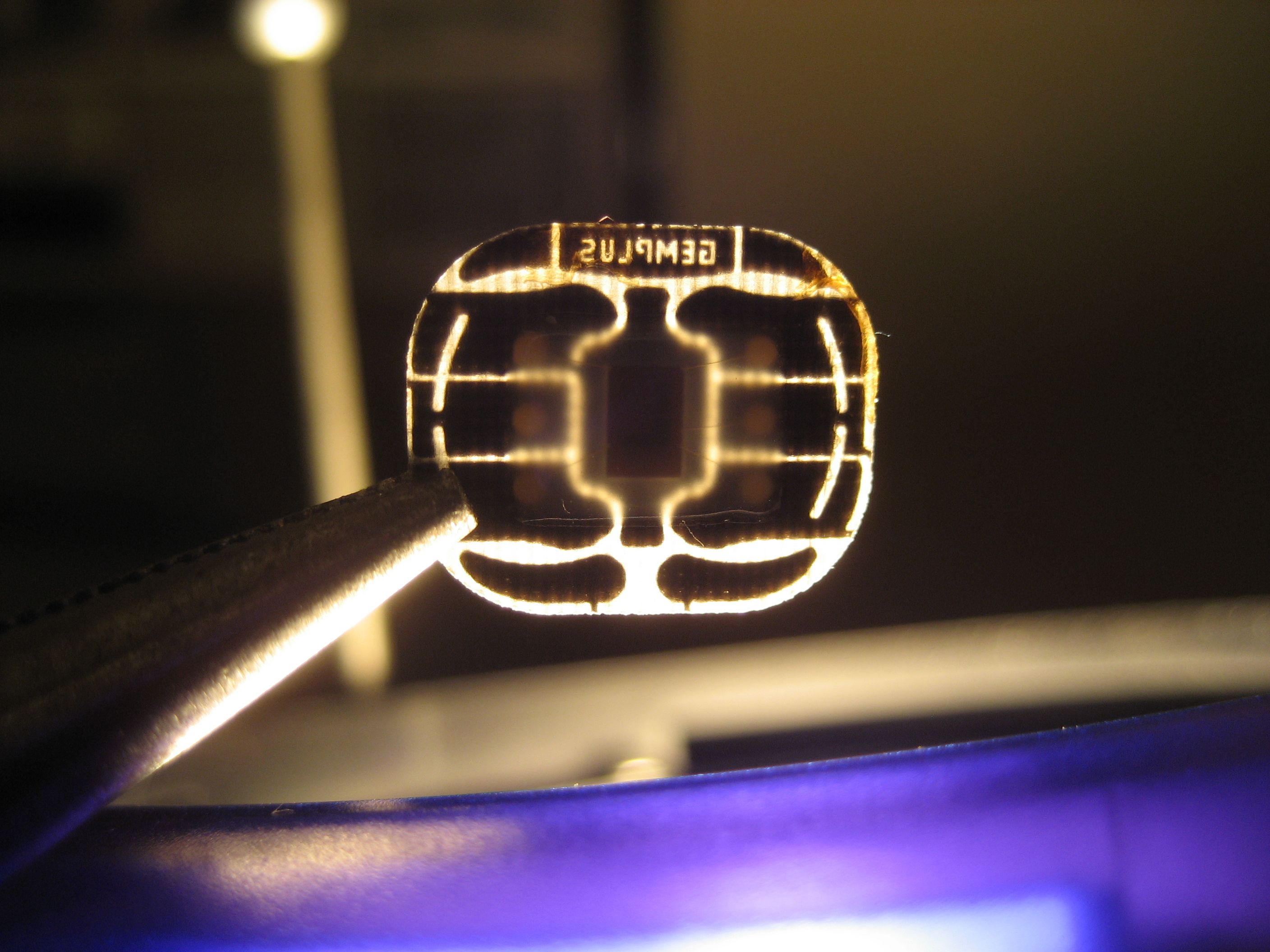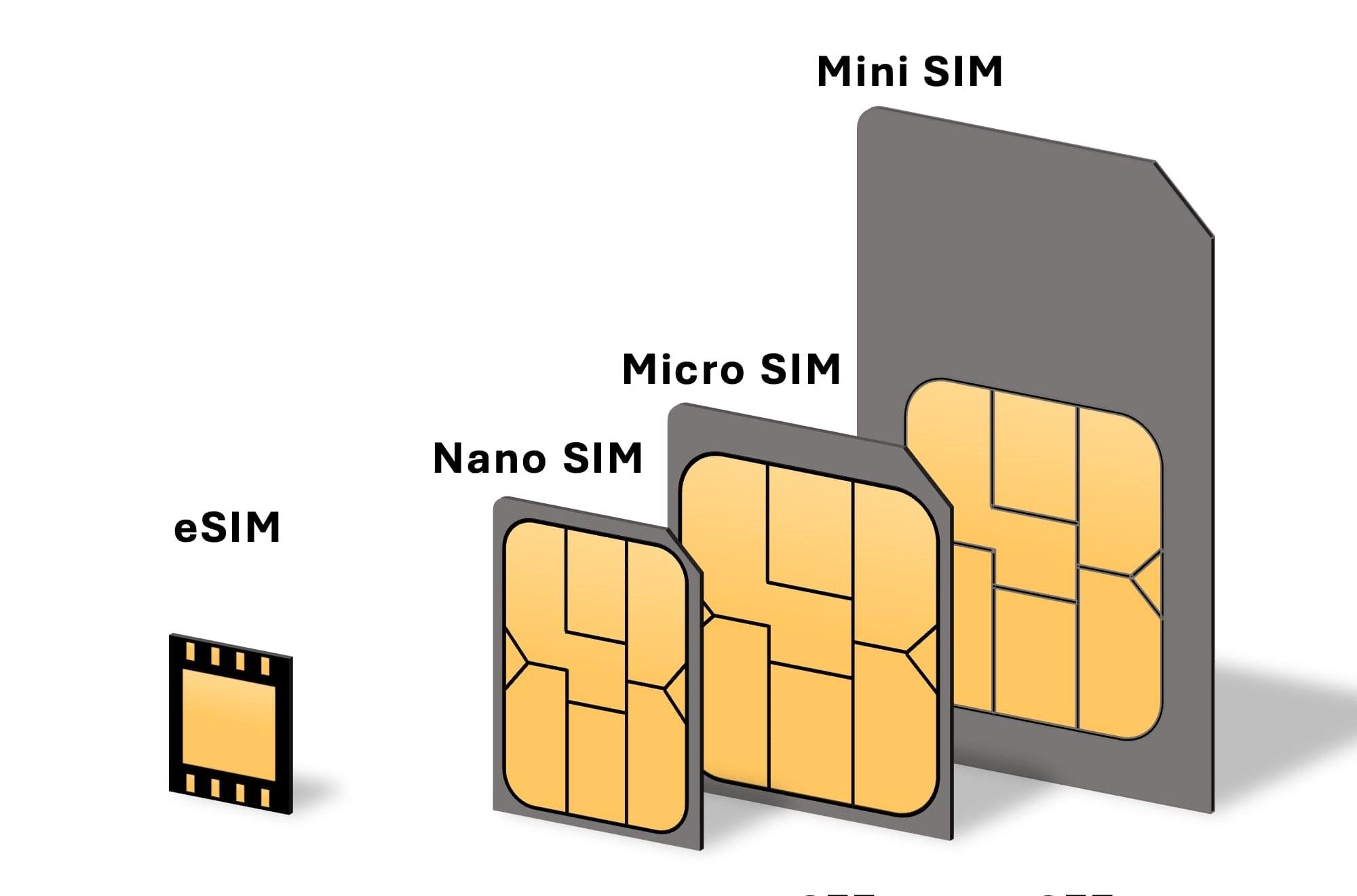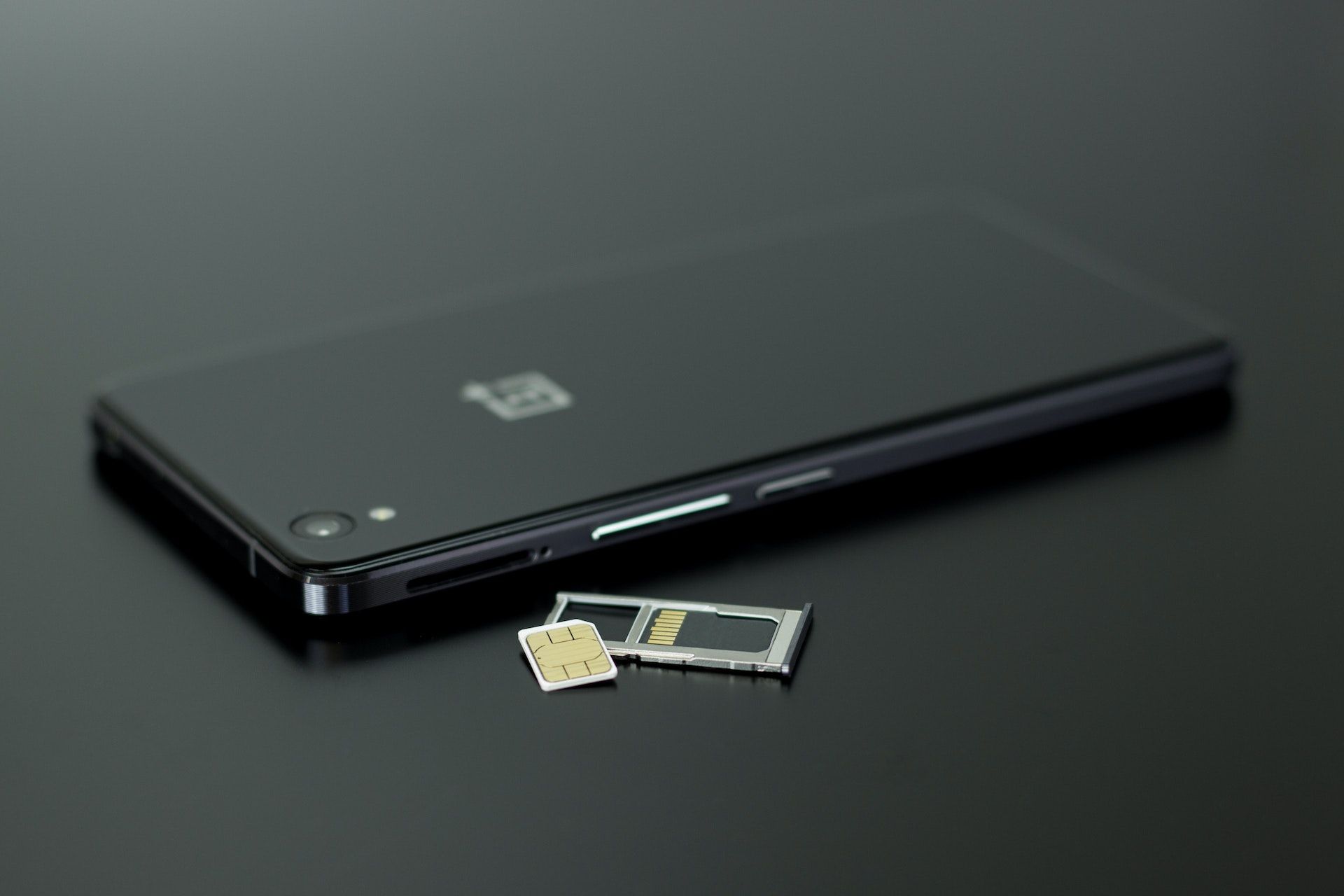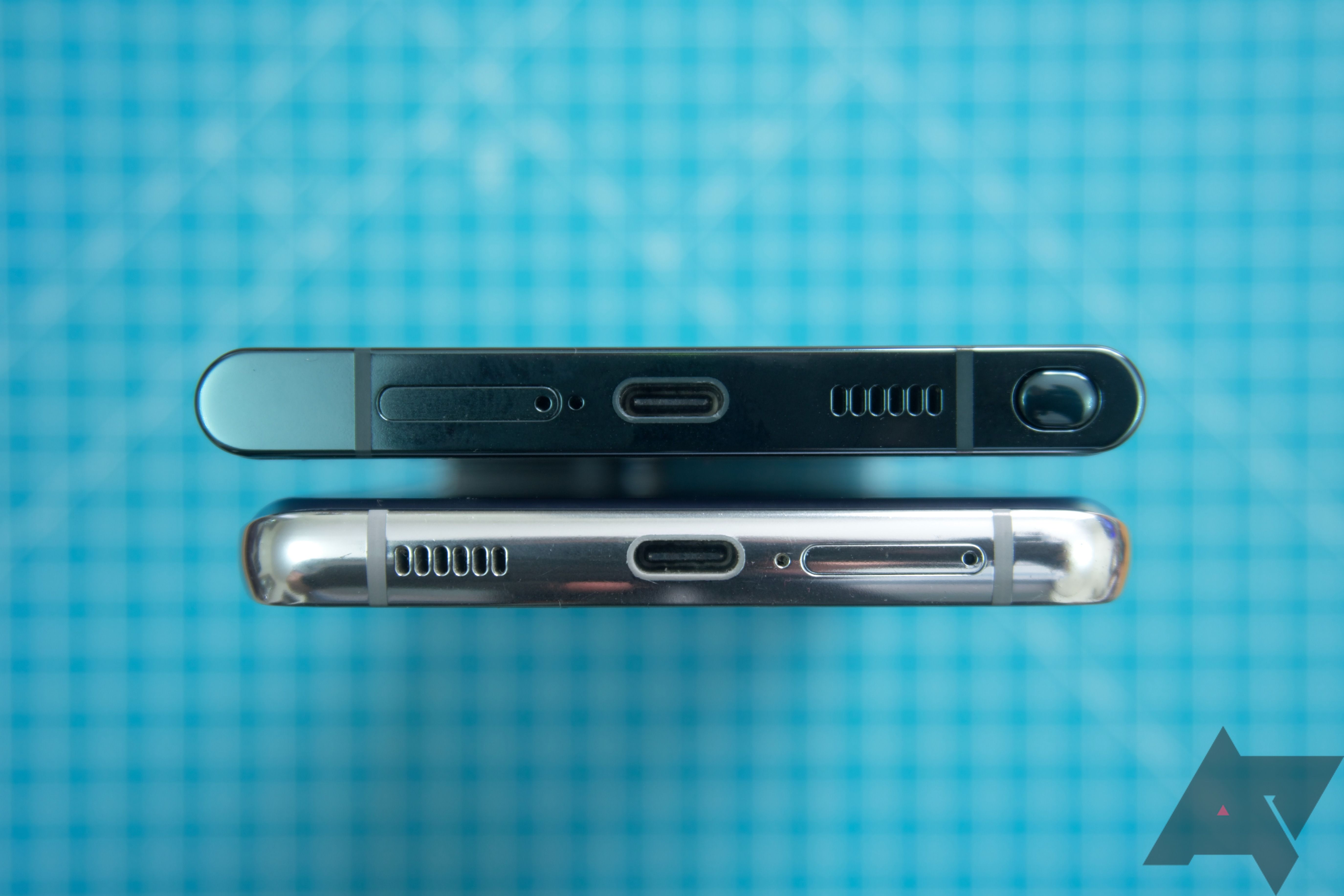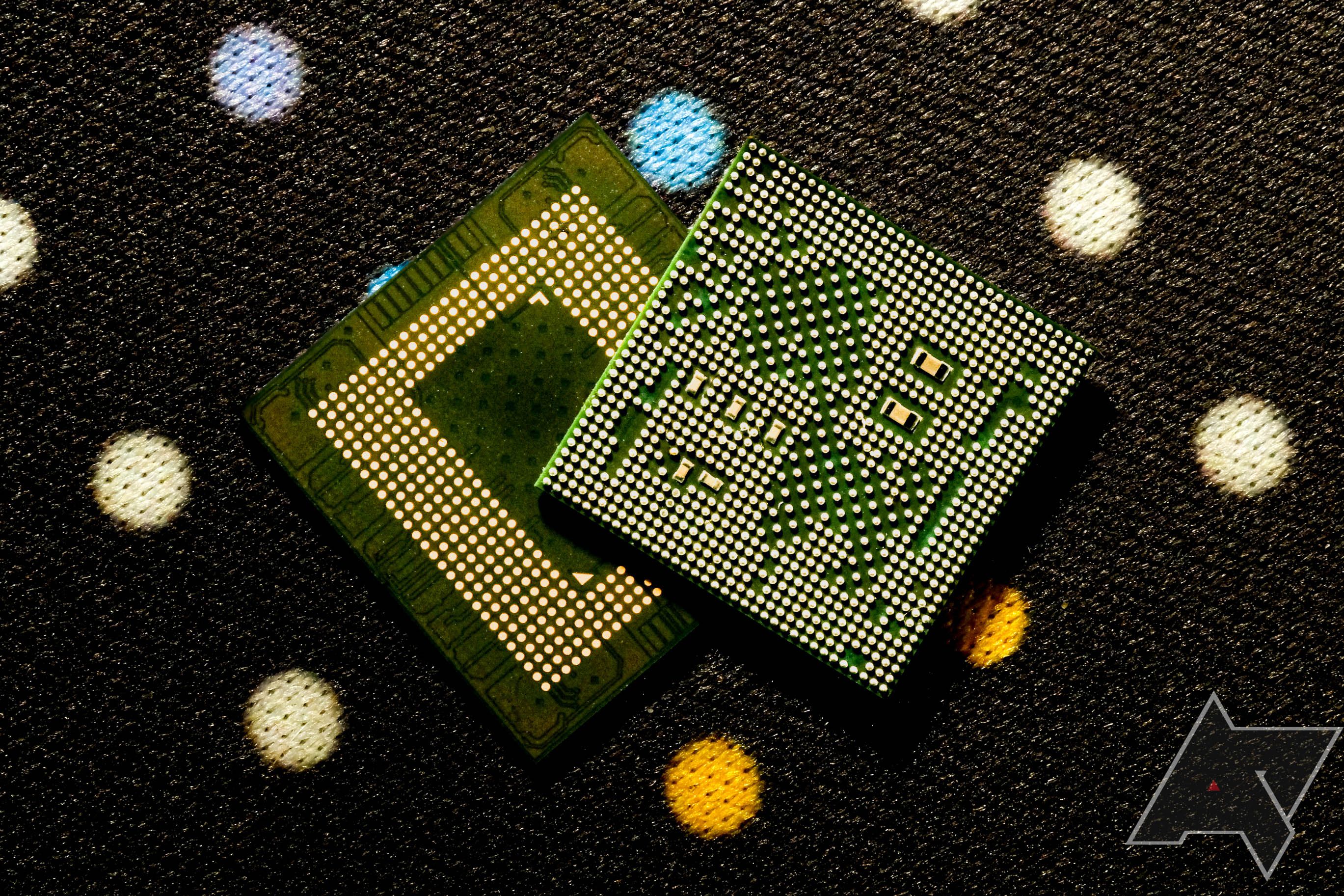Every smartphone needs a SIM card that assigns you a phone number and lets you call, text, and use the best data plans. But, there's more than one type of SIM card, and the user experience varies between each.
The rise of the eSIM card has led many to wonder whether the traditional SIM card will soon be retired. Apple's iPhone 14 series has moved beyond traditional SIMs. However, not many budget Android smartphones offer eSIM support, which means physical cards will be sticking around for a few more years. Whether you're upgrading to an eSIM-only phone or wondering what the differences are, this guide tells you all you need to know.
What is a SIM card?
A Subscriber Identification Module (SIM) is a physical card you slot into your phone that contains information about your network subscription and lets your phone connect with mobile networks. It offers limited storage, so you can move your SIM card between phones without losing your contacts. The SIM card was invented by the German smart card manufacturer Giesecke and Devrient in 1991.
First-generation SIMs came in two sizes: one that was the size of a credit card and a mini version that was half the size. However, SIM cards have shrunk over the years from the Mini-SIM to the Micro-SIM and finally to the Nano-SIM, which is now the industry standard for these physical chips. It slots into your phone in a tray that pops out the side of the phone.
A physical SIM card's significant benefit is its portability. You can switch between devices in seconds and may not need to contact your carrier. The downside is that the tray takes up a lot of space inside a smartphone. Given the amount of tech packed into the sleek chassis of modern smartphones and the race to create the biggest and best cameras, every millimeter of extra space is valuable.
This is where eSIM and iSIM cards have the advantage, as they don't take up extra space on your phone. The disadvantage of eSIMS is that transferring or setting up service isn't as easy as popping in a physical SIM card into a slot. However, companies like Google are introducing tools to make this process seamless.
Physical SIM cards are typically locked to a single network in the US, while eSIMs and iSIMs are carrier agnostic. When your phone is unlocked, you can activate an eSIM from any carrier that supports your device.
What is an eSIM?
An eSIM is an embedded SIM card fitted into the phone's motherboard. It runs on the same networks as standard SIM cards, so there's not much difference in how it works outside the initial set-up and transferring of your number and plan.
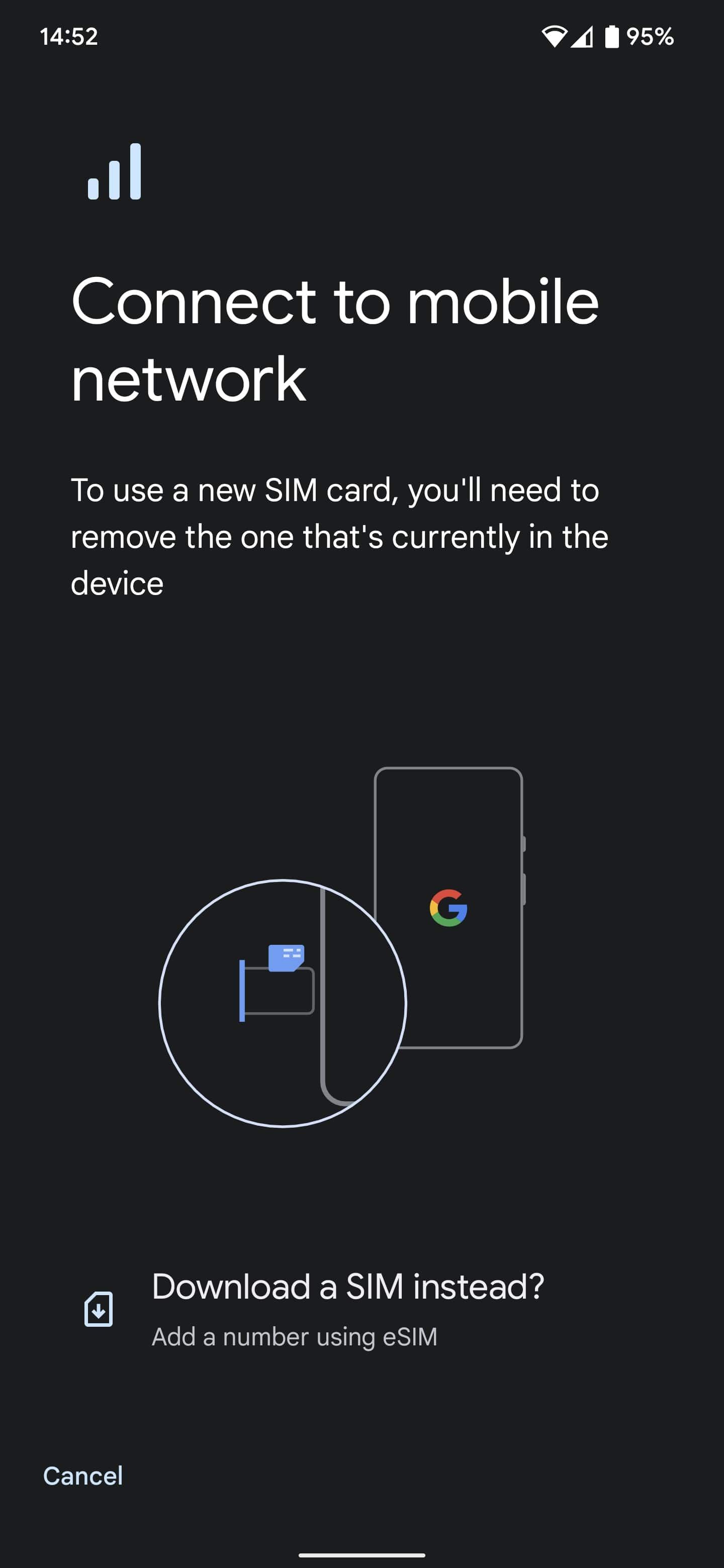
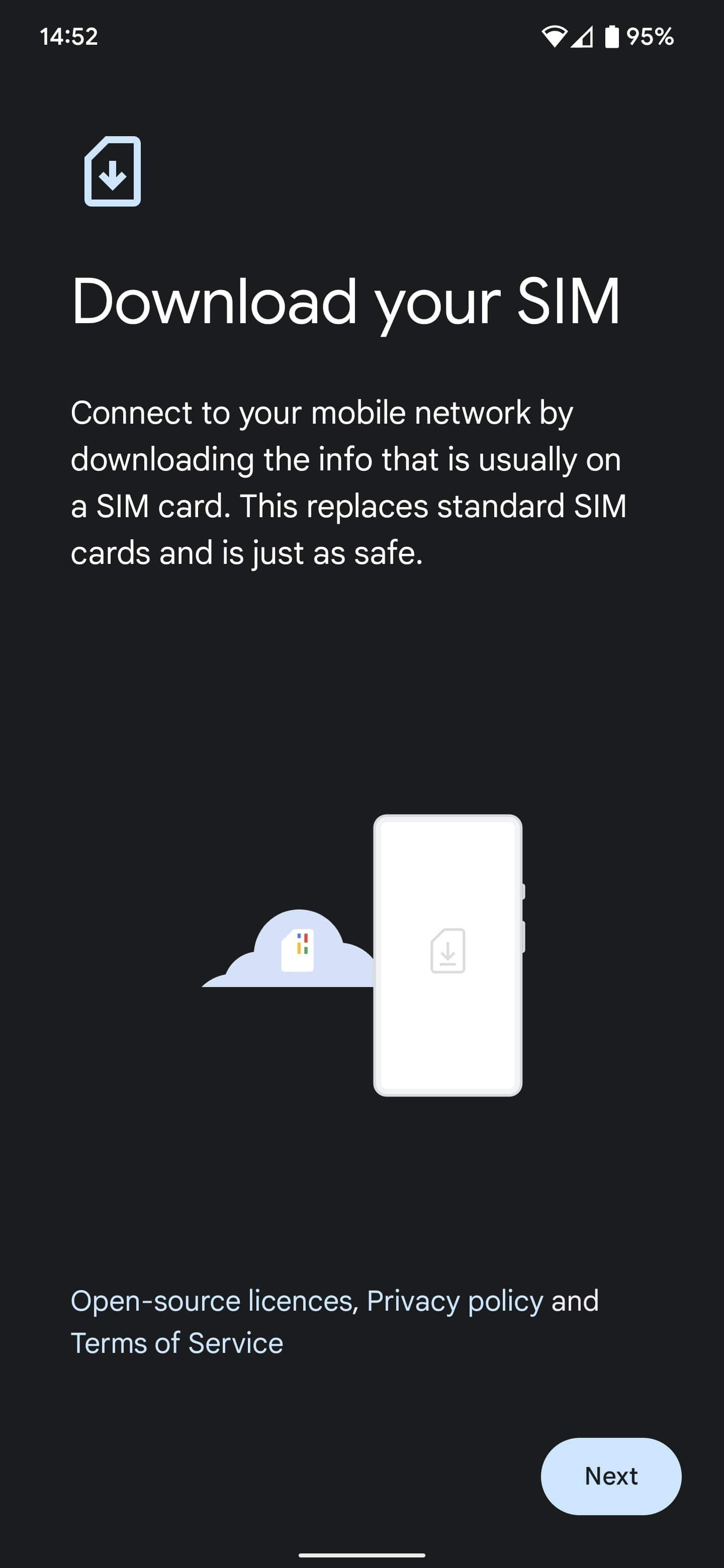
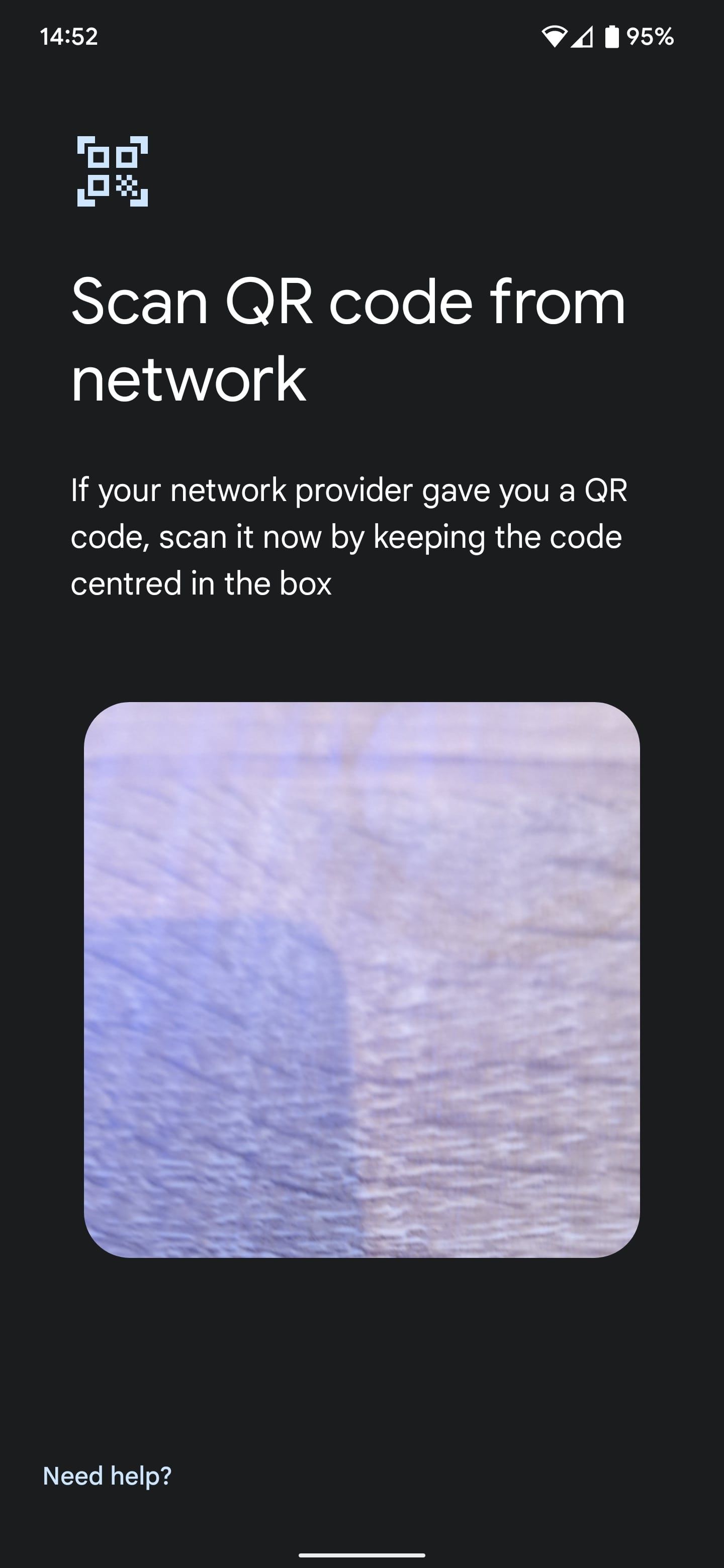
The main benefit is the size reduction. While the Nano-SIM may seem minuscule and tricky to slot into your smartphone, eSIMs are smaller. Three times smaller. This opens up more room inside your phone for features like a larger camera module or a bigger battery, and it also removes one of the ways water and dust can enter.
If you have an eSIM, you can use it with your physical SIM, allowing you to have both your personal and work numbers tied to a single device. You can also slot in a foreign SIM card if you're traveling abroad and want to save money on data costs. Many smartphones now allow a separate eSIM to be used for your mobile data, adding to their convenience factor when traveling to foreign countries. You can retain your phone number for regular communication.
Setting up an eSIM is a different process from a SIM card. The process differs between carriers and devices, so carefully follow the instructions for setting up an eSIM.
Not all phones are compatible with eSIMs, though most modern flagships have added support in recent years. Most Android phones support eSIM, and iPhones are now eSIM exclusive. If you're unsure, check the handset's technical specifications before adding an eSIM to your basket. It's also worth checking to find out if your carrier supports the eSIM service, especially if it's a prepaid plan. Despite being more affordable than a regular phone plan, these plans are usually hosted by MVNOs, which often don't support eSIMs.
What is an iSIM?
The iSIM is the latest innovation in SIM card technology, further embedding the chip into your phone's inner workings and reducing the size even more. They don't rely on existing SIM hardware, so they can be activated with a secure protocol. Developed by ARM, the iSIM has primarily been developed with Internet of Things (IoT) devices in mind.
Beyond the size, iSIMs might seem functionally identical to eSIMs. However, they have greater functionality. Improved security, lower power use, and greater network compatibility are the advantages of the iSIM over the eSIM.
Size and power
iSIMs were developed following the need for smaller, cheaper, and more secure SIM cards. And they do just that. Thanks to their incorporation in the cellular module, they are 98% smaller than an eSIM. Plus, they are 50% cheaper to make due to fewer components and simplified designs streamlining the manufacturing process. They also use up to 70% less power, meaning your future phone's battery could last longer.
Security
iSIMs main benefit is security. They are physically and logically more secure than eSIMs. Integrating into the SoC (on a secure enclave, no less) of your smartphone means it cannot be physically accessed and provides a root of trust for the mobile network with an additional layer of authentication to access.
The Qualcomm Snapdragon 8 Gen 1, released in 2021, was the first mobile platform to support iSIM technology. You'll still use a physical SIM or eSIM with Snapdragon 8 Gen 1, as carriers don't support the platform's iSIM.
Things are looking up for iSIMs, however. In February 2023, Qualcomm and Thales announced the first commercially deployable iSIM on the Snapdragon 8 Gen 2. The iSIM is compliant with GSMA's Remote SIM Provisioning standard. Expect carriers to jump on the iSIM bandwagon over the next few years.
Have you switched to an eSIM?
Now you know the difference between SIM, eSIM, and iSIM, you're probably wondering whether you should switch to an eSIM. For those who are keen to be at the cutting edge of technology, many Android devices now have eSim capabilities. However, the reality is that you will end up using whatever becomes the industry standard. And, thanks to Apple's ability to kick off industry-wide design shifts (remember the headphone jack?), we'll likely see eSIMs becoming the standard soon.
In the meantime, if you're the proud owner of a new Google Pixel 7 or Pixel 7 Pro, you can use two eSIMs and a physical SIM simultaneously, so if you switch and don't like it, you can always go back.

